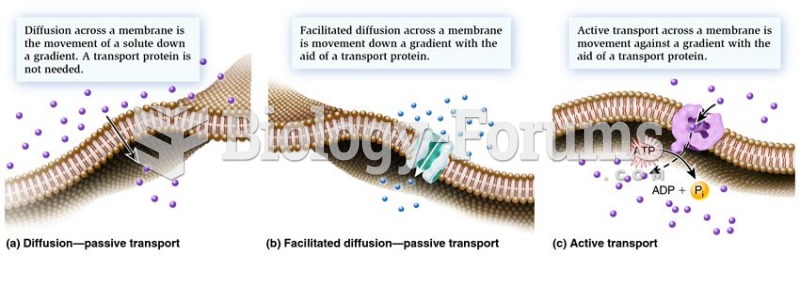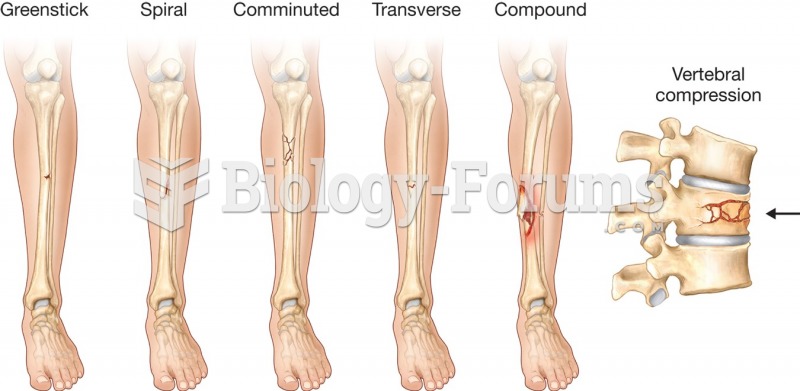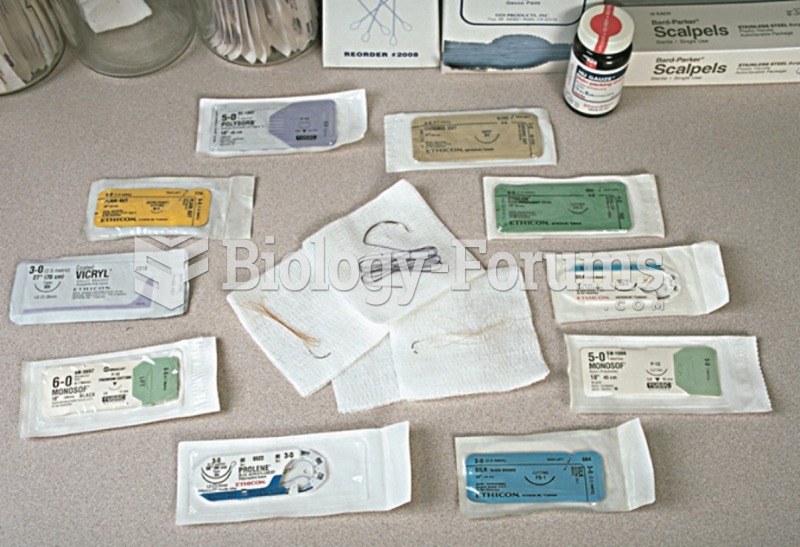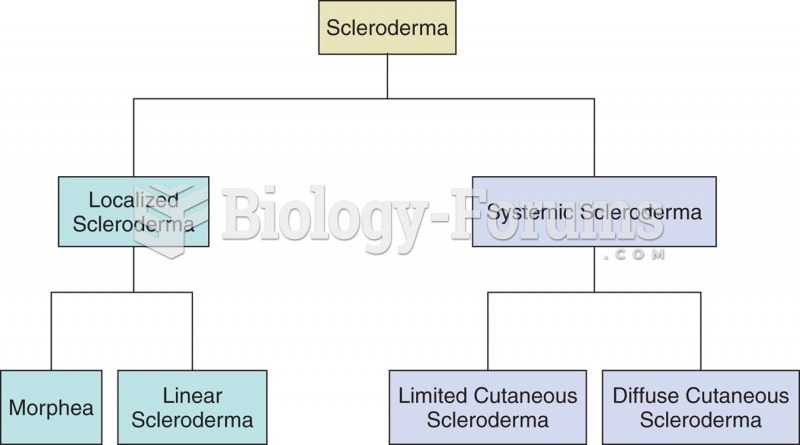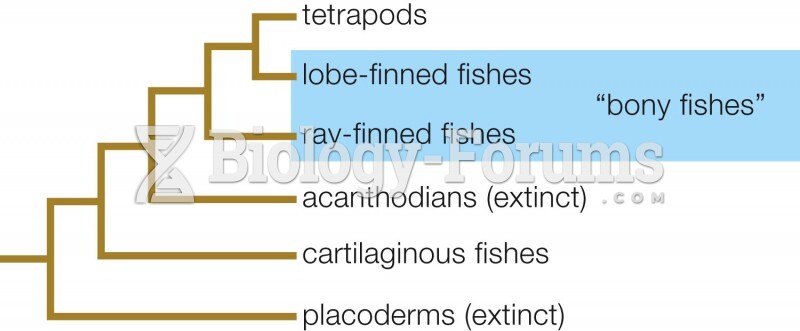Answer to Question 1Symbiosis is the biologists term for the co-occurrence of two species in which the life of one
is closely interwoven with the life of the other. The symbiotic bond is often so strong that one
organism (the symbiont) is totally dependent on the other (the host). There are three general
types of symbioses: mutualism, commensalism, and parasitism. (1) In mutualism both the
symbiont and the host (the larger organism with which the symbiont lives) benefit from the
relationship. True mutualism is rare among marine organisms. (2) In commensalism, the
symbiont benefits from the association while its host neither benefits nor is harmed. (3)
Parasitism is the most highly evolved and by far the most common symbiotic relationship.
The parasite lives in (or on) the host for at least part of its life cycle and obtains food at the
hosts expense. For obvious reasons, parasites do not usually kill their hosts, but they can
seriously affect the host organism by reducing its feeding efficiency, depleting its food
reserves, reducing its reproductive potential, lowering its resistance to disease, or otherwise
sapping its energy. The hostparasite relationship is finely balanced and extraordinarily
delicate. The parasite must in some way be aware of the hosts physical condition in order to
avoid weakening the host so much that it dies. On the other hand, the parasite must take as
much energy from the host as possible in order to ensure its own success.
Answer to Question 2The rise and fall of the tides is the most important physical factor in intertidal communities.
Organisms living between the high- and low-tide marks experience very different conditions
from those residing below the low-tide line. Within the intertidal zone itself, organisms are
exposed to varying amounts of emergence and submergence. Because some organisms can
tolerate many hours of exposure while others can tolerate only a very few hours per week or
month, the animals and plants sort themselves into three or more horizontal bands, or
subzones, within the intertidal zone. Each distinct zone is an aggregation of animals and
plants best adapted to the conditions within that particular narrow habitat. The zones are
often strikingly different in appearance, even to a person unfamiliar with shoreline
characteristics.


